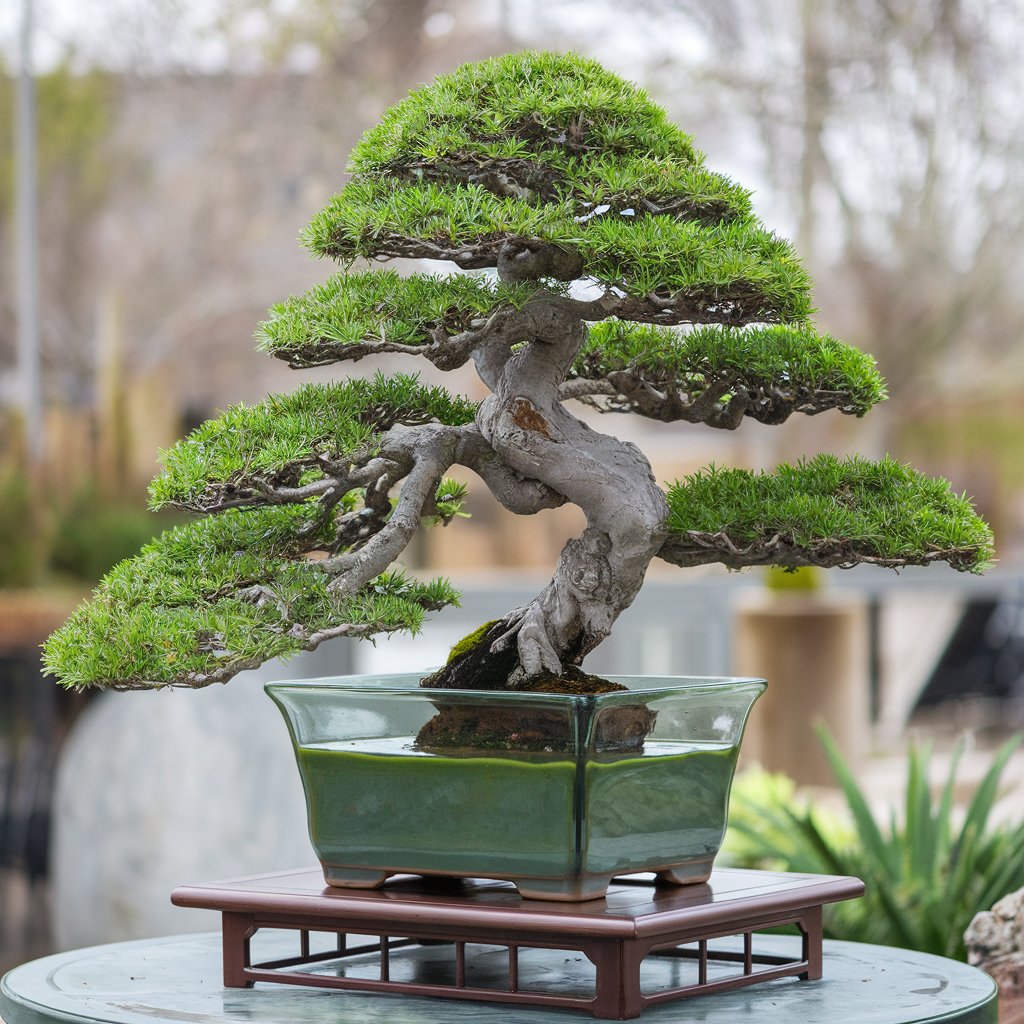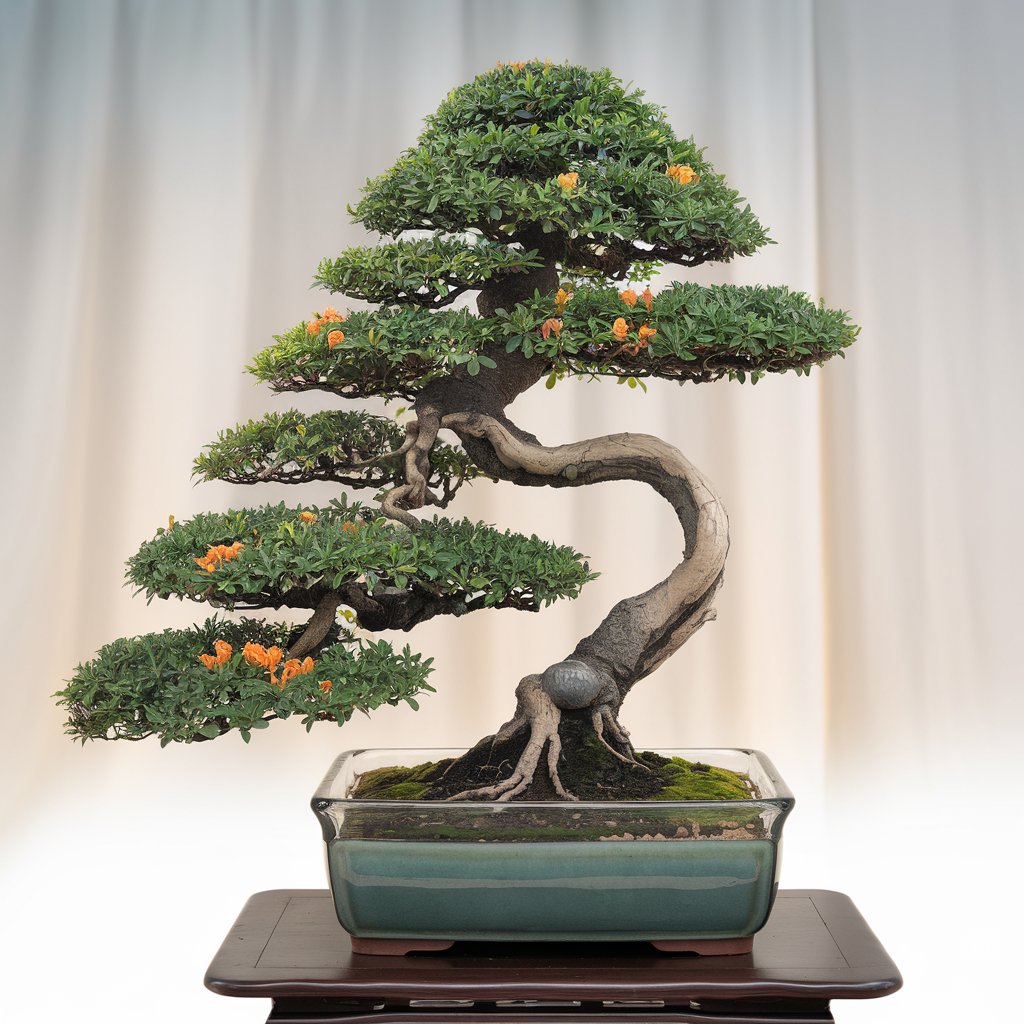The history and cultural significance of Bonsai trees in the Southern United States are deeply rooted in the region’s unique cultural and environmental context. While Bonsai trees have a long and storied history in East Asia, their introduction to the Southern United States is a relatively recent phenomenon 3.
The art of Bonsai originated in the Chinese Empire, with evidence of its existence dating back to the Han Dynasty in 210 BC 4. From China, the art form spread to Japan, where it was refined and developed into the distinct style of Bonsai that is widely recognized today 8. In Japan, Bonsai trees were highly valued as a status symbol, with only the wealthy and powerful able to afford these miniature potted plants 6.
The introduction of Bonsai trees to the Southern United States is largely attributed to Japanese immigrants who brought their knowledge and skills to the region 7. These early immigrants played a significant role in popularizing Bonsai trees in the South, where they were initially met with curiosity and fascination.
Today, Bonsai trees are cultivated and appreciated throughout the Southern United States, with many enthusiasts and collectors in the region. The warm and humid climate of the South presents unique challenges for Bonsai growers, who must adapt their techniques to accommodate the region’s distinct environmental conditions 10.
Despite these challenges, the Southern United States has become a hub for Bonsai enthusiasts, with numerous clubs, societies, and events dedicated to the art form. The region’s rich cultural heritage and history have also influenced the development of Bonsai in the South, with many growers incorporating traditional Southern plants and styles into their creations.
In terms of cultural significance, Bonsai trees in the Southern United States are often seen as a symbol of elegance, refinement, and patience 1. They are also valued for their aesthetic appeal, with many people appreciating the unique shapes, forms, and textures of these miniature trees 5.
The ultimate goal of growing a Bonsai tree in the Southern United States is to create a miniaturized but realistic representation of nature, which reflects the region’s deep connection to the natural world 5. Whether grown indoors or outdoors, Bonsai trees in the South are a testament to the region’s rich cultural heritage and its ongoing evolution.
In conclusion, the history and cultural significance of Bonsai trees in the Southern United States are complex and multifaceted. From their origins in ancient China to their introduction to the South by Japanese immigrants, Bonsai trees have evolved into a unique and distinctive art form that reflects the region’s cultural and environmental context. As a symbol of elegance, refinement, and patience, Bonsai trees continue to captivate and inspire enthusiasts throughout the Southern United States.

